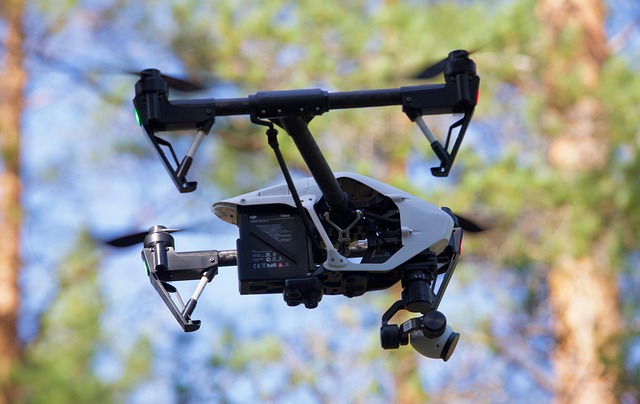Remote security camera monitoring relies on encryption to protect live video feeds from unauthorized access over public networks. Advanced Encryption Standards (AES) and protocols like TLS/SSL fortify data security, ensuring confidentiality and integrity in a booming digital landscape, where remote work and surveillance are increasing.
In today’s digital age, secure video transmission is paramount, especially with the rise of remote security camera monitoring. As more devices connect to the internet, understanding encryption becomes crucial for protecting sensitive data during streaming. This article delves into the essential components of cybersecurity encryption, exploring how it addresses unique challenges in remote monitoring. We discuss advanced encryption standards and safe protocols, providing insights into ensuring seamless, secure access to video data while safeguarding privacy.
Understanding Encryption: The Cornerstone of Secure Streaming
Encryption serves as the bedrock for ensuring secure video transmission in the realm of remote security camera monitoring. By transforming data into an unreadable format, it safeguards sensitive visuals from prying eyes during transit. This process is especially vital when feeding live footage to cloud platforms or sending it over public networks, where malicious actors could potentially intercept and exploit unencrypted data.
At its core, encryption involves replacing original data with a coded version that requires a specific key for decryption. In the context of remote security camera systems, this means only authorized users with the correct key can access and view the encrypted video stream. This multifaceted approach not only safeguards against unauthorized viewing but also protects against data manipulation and tampering, thereby bolstering overall system integrity.
Remote Monitoring's Unique Security Challenges
Remote security camera monitoring has transformed how we observe and protect our surroundings, but it also presents unique security challenges. As more devices connect to the internet, from IP cameras to smartphones, cybercriminals target these endpoints to gain unauthorized access, disrupt service, or steal sensitive data. With remote access comes the risk of data interception, where malicious actors eavesdrop on video feeds or manipulate real-time transmissions, compromising privacy and security.
These risks highlight the need for robust encryption during video transmission. Encryption scrambles data, ensuring that even if intercepted, it remains unreadable without a decryption key. Advanced encryption protocols, such as TLS/SSL and secure media streaming technologies, fortify remote security camera monitoring by protecting data in transit. This is crucial for maintaining the integrity of video feeds, preventing unauthorized access, and safeguarding against potential cyber threats.
Advanced Encryption Standards for Video Data Protection
In the realm of remote security camera monitoring, ensuring video data protection is paramount. Advanced Encryption Standards (AES) play a pivotal role in safeguarding footage from unauthorized access during transmission. AES utilizes complex mathematical algorithms to scramble data, making it extremely difficult for hackers to decipher without the proper decryption key. This robust encryption is particularly crucial when dealing with sensitive information captured by security cameras, as it prevents malicious actors from intercepting and exploiting such content.
By implementing AES encryption, remote security camera systems can offer a higher level of security for video transmission. This technology ensures that data remains confidential and intact, even in environments where network vulnerabilities might exist. Advanced Encryption Standards are widely recognized for their effectiveness against modern cryptanalysis methods, making them an indispensable tool in the ongoing battle for cybersecurity in video surveillance applications.
Implementing Safe Protocols for Seamless Remote Access
In today’s digital era, where remote work and remote security camera monitoring are becoming increasingly prevalent, ensuring secure video transmission is paramount. Implementing robust encryption protocols is a game-changer in maintaining data privacy and integrity. By adopting safe and standardized protocols like TLS (Transport Layer Security) or SSL (Secure Sockets Layer), organizations can facilitate seamless remote access to surveillance systems without compromising security.
These protocols ensure that all data exchanged between the camera, monitoring station, and users remains encrypted, protecting it from unauthorized access or interception. This is crucial for businesses and individuals alike who rely on remote security camera monitoring for various purposes, ensuring a continuous and secure feed without the fear of breach or tampering.
Cybersecurity encryption is the linchpin for ensuring secure video transmission in remote security camera monitoring. By implementing advanced encryption standards and safe protocols, we can mitigate unique challenges associated with this technology. Understanding encryption and its role in streaming data protection is paramount for fostering a robust and seamless remote access experience.
